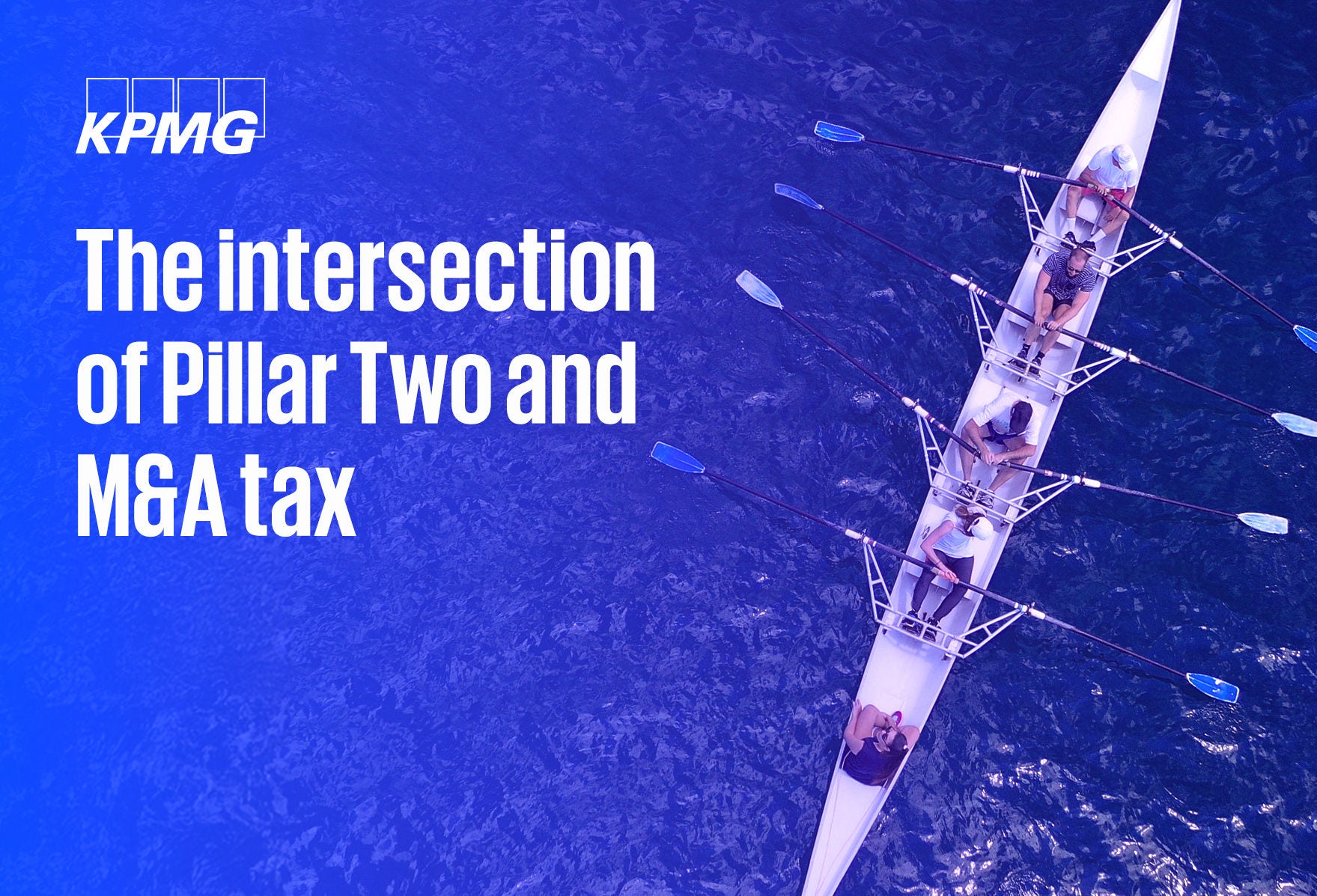As multinational enterprises (MNEs) continue to navigate the evolving landscape of global taxation, the intersection of Pillar Two with mergers and acquisitions (M&A) transactions presents unique challenges and opportunities. Understanding the impact of Pillar Two on M&A transactions is crucial. Pillar Two introduces a global minimum tax rate of 15 percent that significantly affects M&A activities. Companies engaging in acquisitions or dispositions must consider how these transactions will influence their effective tax rate, deal terms and compliance obligations. The impact of Pillar Two is not limited to situations in which target group revenues already exceed the 750 million euros (EUR) threshold and are therefore in-scope of Pillar Two rules. An M&A transaction could also lead to the creation of a Pillar Two in-scope group if the newly combined group has revenues exceeding the EUR750 million threshold (subject to the two out of the proceeding four years test).
It is hard to ignore Pillar Two’s potential impact on M&A transactions. Deal teams will need a strategic approach that considers both the immediate and long-term tax implications of Pillar Two. By understanding the complexities and leveraging strategic responses, companies can navigate the intersection of Pillar Two and M&A tax effectively. This proactive approach not only mitigates potential risks but also positions companies to capitalize on opportunities arising from the global minimum-tax landscape.














